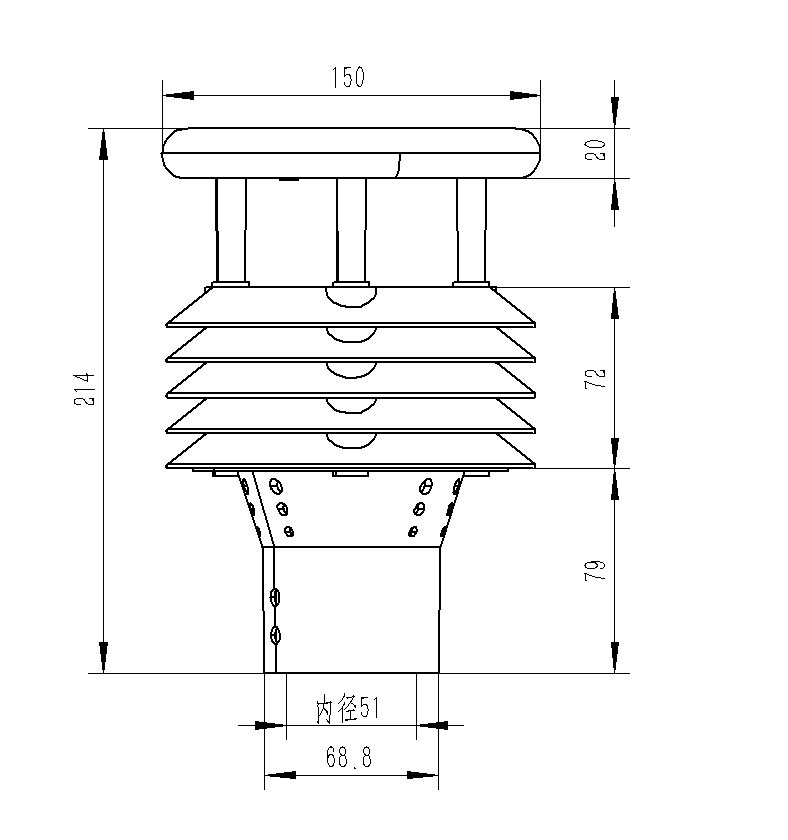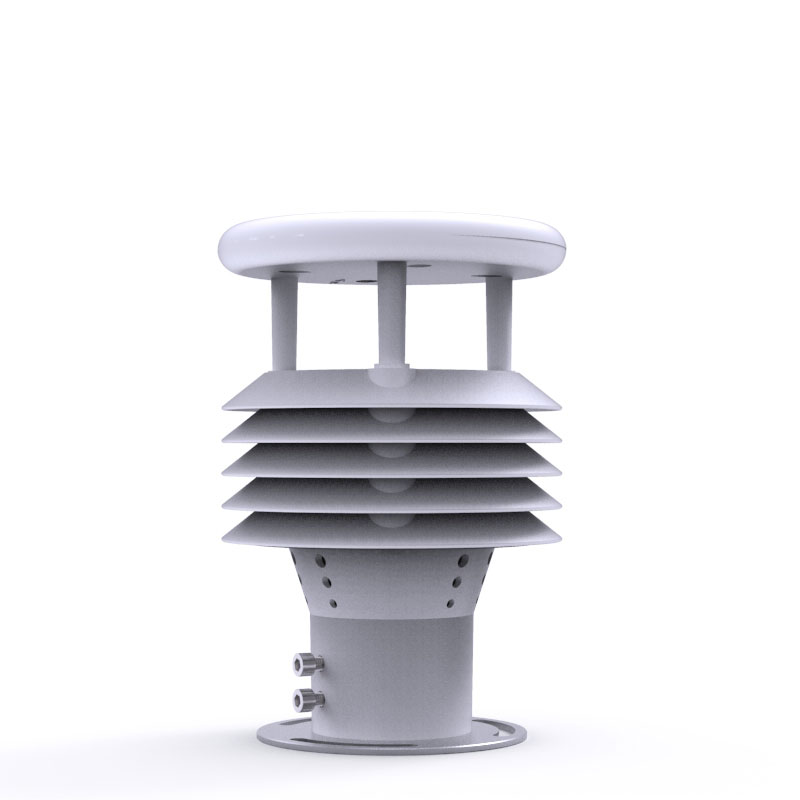Tianyi Sensor IOT Technology Co., Ltd
Sales Manager:Ms. Emily Wang
Cel,Whatsapp,Wechat:+86 15898932201
Email:info@fengtutec.com
Add:No. 155 Optoelectronic Industry Accelerator, Gaoxin District, Weifang, Shandong, China

Sales Manager:Ms. Emily Wang
Cel,Whatsapp,Wechat:+86 15898932201
Email:info@fengtutec.com
Add:No. 155 Optoelectronic Industry Accelerator, Gaoxin District, Weifang, Shandong, China

Model:FT-Y6
Brand:tianyi
1.Introduction to Vehicle Meteorological Sensor(VMS) Products
Vehicle Meteorological Sensor(VMS) is a device used to measure and monitor meteorological elements. It can measure various meteorological parameters.Shandong Fengtu IoT Technology Co., Ltd., as an enterprise specializing in the research, development, production and sales of micro meteoroscopes, has always been committed to the promotion and application of micro meteoroscopes and meteorological environment solutions.With a complete production chain, strong technical team and a comprehensive marketing team, we have developed and produced meteorological products such as ultrasonic wind speed wind meter, five-element micrometeoroscope, six-element micrometeoroscope and small automatic meteorological station.They have been widely used in meteorological monitoring, urban environment monitoring, wind power generation, navigation and ships, aviation airports, bridges and tunnels, etc.We have customers all over the country and have achieved good social and economic benefits.
The principle of Vehicle Meteorological Sensor(VMS) is to transmit continuous frequency conversion ultrasonic signals, and to detect wind speed and direction by measuring relative phase.Compared with traditional ultrasonic wind speed and directional instruments, our products overcome the demand for high-precision timers and avoid inaccurate measurement problems caused by sensor startup delay, demodulation circuit delay, and temperature changes.
Vehicle Meteorological Sensor(VMS) innovatively implements the six meteorological parameters (ambient temperature, relative humidity, wind speed, wind direction, atmospheric pressure, piezoelectric rainfall) through a high-integration structure, which can realize 24-hour continuous online monitoring of outdoor meteorological parameters, and output six parameters to users at one time through the digital communication interface.
2.Product features of Vehicle Meteorological Sensor(VMS)
1.The hidden ultrasonic probe on the roof cover avoids interference from rain and snow accumulation and avoids natural wind shading (Utility model patent, patent number ZL 2020 2 3215713.X)☆
2.The principle is to transmit a continuous frequency conversion ultrasonic signal, and to detect the wind speed and direction by measuring the relative phase (invention patent, patent number ZL 2021 1 0237536.5)☆
3.Integrated six elements of wind speed, wind direction, temperature, humidity, atmospheric pressure, and piezoelectric rainfall (utilitary patent, patent number ZL 2020 2 3215649.5)☆
4.Adopt advanced sensing technology, real-time measurement, no starting wind speed☆
5.Strong anti-interference ability, with watchdog circuit, automatic reset function, ensuring stable operation of the system
6.High integration, no moving parts, zero wear
7.Maintenance-free, no on-site calibration required
8.Use ASA engineering plastics for outdoor applications without changing color all year round
9.The output signal of the product design is standard as RS485 communication interface (MODBUS protocol); optional 232, USB, and Ethernet interfaces, supporting real-time data reading☆
10.Optional wireless transmission module, minimum transmission interval of 1 minute
11.The probe is snap-on, which solves the problem of inaccurate loose transportation and installation process☆
3.Technical parameters of Vehicle Meteorological Sensor(VMS)
1.Wind speed: 0~60m/s (±0.1m/s); (Beijing Meteorological Calibration Certificate)
2.Wind direction: 0~360° (±2°); (Beijing Meteorological Calibration Certificate)
3.Air temperature: -40-60℃ (±0.3℃); (Calibration certificate of Beijing Meteorological Bureau)
4.Air humidity: 0-100%RH (±3%RH); (Calibration Certificate of Beijing Meteorological Bureau)
5.Atmospheric pressure: 300-1100hpa (±0.25%); (Calibration certificate of Beijing Meteorological Bureau)
6.Piezoelectric rainfall: 0-4mm/min (±4%)
7.Power: 1.08W
8.The manufacturer has ISO quality management system, environmental management system and occupational health management system certification☆
9.The manufacturer has a computer software registration certificate☆
10.The manufacturer is a 3A-level credit enterprise☆
4.Vehicle Meteorological Sensor(VMS) product size diagram

5.Vehicle Meteorological Sensor(VMS) product structure diagram

6.Precautions for Vehicle Meteorological Sensor(VMS)
1.The radius of 1 meter around the sensor level is not blocked to avoid the influence of water droplets.
2.The sensor installation position should avoid strong mechanical vibration sources
3.The sensor should be installed in an open area, and raindrops should drip directly to the sensor, and should be avoided from secondary dripping and continuous water flow impact.
Water level warning is an important means of preventing flood disasters and ensuring the rational utilization of water resources. When the water level of rivers and lakes exceeds the safety threshold, it may trigger floods, submerge farmland, destroy houses, and pose a threat to people's lives a...
Negative oxygen ion monitoring stations function to real-time capture and transmit negative oxygen ion data in the air. Through "on-site display + remote viewing," they convert the originally invisible and intangible negative oxygen ion concentration into intuitive data, allowing managers...
The Wind Sensor employs the time-of-flight measurement principle, accurately calculating wind speed and direction by detecting changes in the speed of ultrasonic waves propagating in the air....
A Portable Weather Station is a device that can be carried around and automatically complete meteorological data collection, mainly used for meteorological monitoring in field, emergency and other scenarios. It integrates the core functions of traditional weather stations in a compact structure, and...